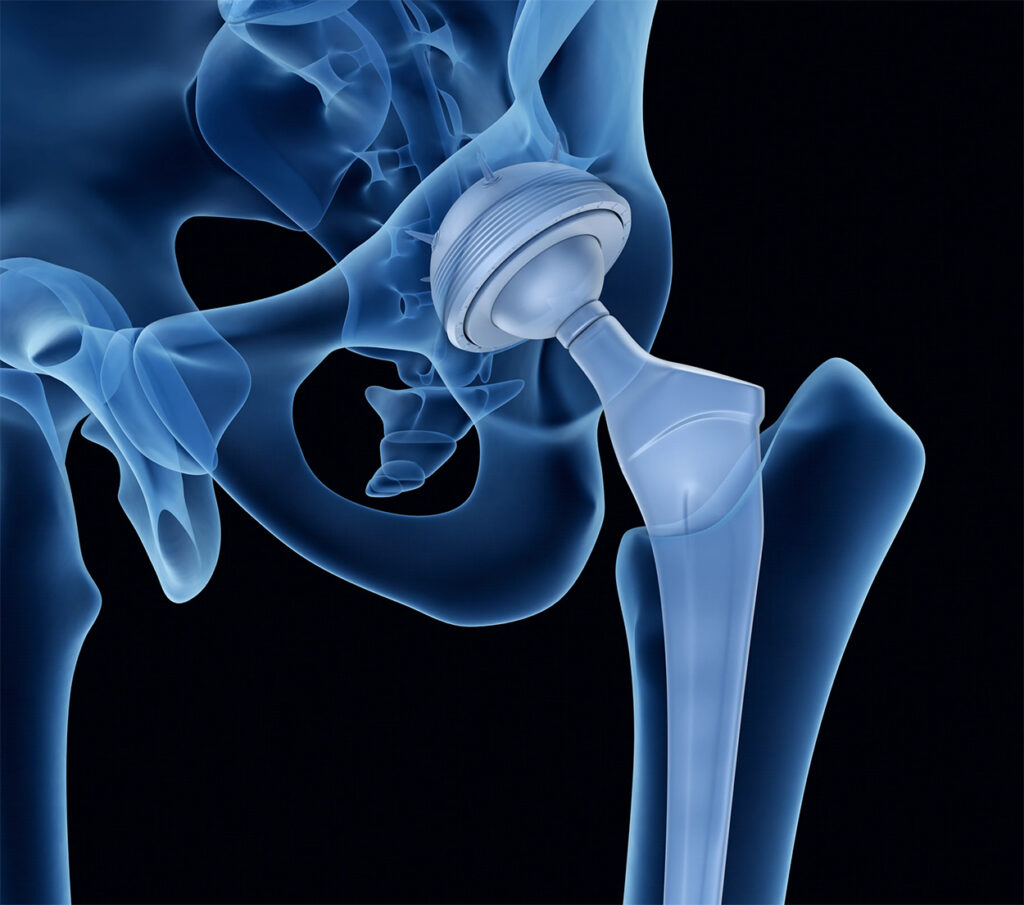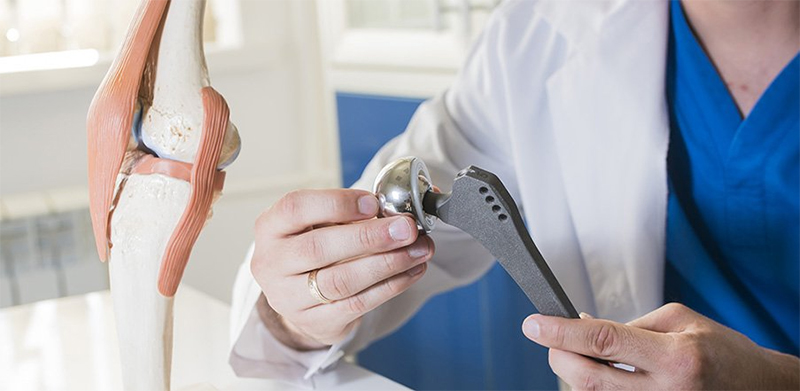Safer Medical Implants with New Superelastic Metal Alloy
Many patients require bone replacements and metal implants can help patients, using metals such as cobalt chrome steel, titanium alloys, and stainless steel. While metals are high in compression and tension, they are often rigid and stiffer than natural bone. Moreover, some people can develop an allergy to the metal or reject the implant. Moreover, metal implants that rub against each other may release toxins that can cause other medical issues.
New developments
At Japan’s Tohoku University, scientists are experimenting with the properties of metal alloys that manufacturers use for medical implants. They announced a breakthrough with a biomaterial with wear resistance and excellent flexibility. The new superelastic alloy the Japanese research team developed overcomes most safety issues. In addition, the new material offers better durability and strain recovery required from long-term stints inside the human body. They want to develop new metal alloys to prevent density loss, bone atrophy, and wear resistance.
According to the researchers, the existing superplastic metal alloys used in orthodontic wires and stents showed promise in flexibility and durability. However, they can cause allergic reactions because the metal alloy has nickel. So many scientists worked on metals without nickel to create a new alloy that would be elastic.

Looking for a superelastic metal
This is the area where the researchers at Tohoku University are concentrating their study—based on Young’s modulus, which measures how easily the material can be deformed or stretched based on the material’s crystalline structure. If the material is flexible, Young’s modulus is lower. The team sought to minimize Young’s modulus gap between the metal for medical implants and human bone.
The researchers focused on the crystal orientation of Young’s modulus and grew single crystals with a specific orientation. Their experiments created a new tough yet flexible superelastic alloy based on chromium as their experiments progressed. Its strain recovery rate of 17 percent is twice that of nickel-titanium alloys available today. In addition, Young’s modulus was very low, and the alloy offered flexibility similar to the bones of humans.
According to tests, the biomaterial alloy made from cobalt and chromium could apply to medical implants, such as bone plates and knee or hip joint replacements. The Japanese researchers’ work details are available in the May 9, 2022, issue of the Advanced Materials journal.
This is big news for the growing elderly population worldwide. With more countries having older people, the need for better biomaterials that can support or replace damaged bones increased. Metals are the most widely preferred for bone replacements or implants because they are pliable and strong. However, their strength lowers the metals’ flexibility.
Even the researchers were surprised at the results of their experiments. Now they want to understand why their alloy has such top-level properties and improve the alloy further. They also announced that in its current form, the biomaterial, called Co-Cr-Al-Si (CCAS), is already an excellent candidate for creating various biomedical applications such as bone replacements.
The research group comprises scientists from Tohoku University’s Graduate School of Engineering and Institute for Materials Research (IMR), the Czech Academy of Sciences, the Japan Atomic Energy Agency, and the J-PARC Center. The team wants to conduct more experiments using their CCAS to develop more materials that have better properties to benefit the biomedical sector.
